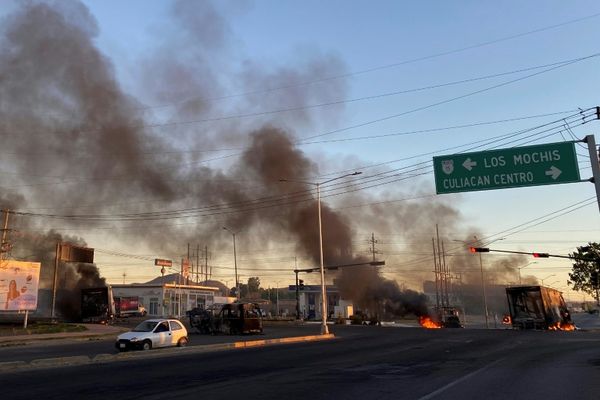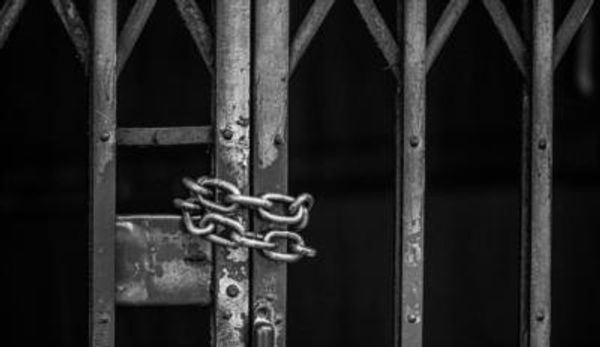
The midst of a plague-induced lockdown may not have been the most auspicious time to begin a new appointment in the arts world.
When Elizabeth Rogers was appointed the new chief executive of the Canberra Glassworks in 2021, she had to huddle in a COVID-induced bubble with her new colleagues.
But when the city was able to re-emerge into the pandemic's next open phase, she couldn't help but be reminded of the truism that art is often what's left of civilisation, once the dust settles.
"That's what's left after everybody's gone isn't it, you know, that's what's left of civilisation - the artistic contribution," she said.
She was speaking, of course, of the paradox of the crisis that gripped the arts during COVID's darkest days, even when we needed them the most.
But in Canberra, a city she has returned to after 15 years at the helm of Regional Arts NSW, she has found an artistic community connected through history, circumstance, compromise and optimism.
"Glass-making is a whole new field for me, but I have a lot of experience as an arts administrator," she said.
"So part of the job I was absolutely on top of and the other part's been a very steep learning curve."
She's learned not only that the art of glass-making dates back 3500 years, but also how Canberra's own world-class glass facility came to be housed in the city's former power station.
This, Canberra's oldest building, will soon form the linchpin of the Kingston Arts Precinct, a much-delayed project that may finally start to materialise as soon as 2024.
The precinct, which will include Craft ACT, PhotoAccess, Canberra Contemporary Art Space, M16 Art Space, Megalo and a new Aboriginal and Torres Strait Islander art space, is now in the public consultation process.
Ms Rogers said she was dubious, at first, at the prospect of the project being managed by the ACT government's Suburban Land Agency.
"I must admit, I had my doubts about a branch of government taking over a building because I've been through that in Sydney," she said.
"But in fact, I'm really impressed with the way that they're managing things ... obviously, the historical significance of the powerhouse, and where that fits into the overall development is something that is being considered very strongly."
Glassworks artistic director Aimee Frodsham said keeping the industry thriving was a global challenge.
She recently returned from a research trip to Venice with acclaimed Canberra artist Mel Douglas, who will be exhibiting her work there in April. She was there to research the challenges faced by some of the world's oldest glass factories in Murano.
"Mel and I went to one of the big factories which has been operating since 1294, one of the oldest still-existing companies in the world - companies full stop, not just in the arts," she said.
"They're even having struggles in employing less makers ... it's all changed, Venice was just such a different place.
"There was just no one around the factories, you couldn't hear the hum of the factories, because they're all switched off because of the gas crisis."
- Net Worth is showing at Canberra Glassworks until February 26.
We've made it a whole lot easier for you to have your say. Our new comment platform requires only one log-in to access articles and to join the discussion on The Canberra Times website. Find out how to register so you can enjoy civil, friendly and engaging discussions. See our moderation policy here.







